Oscar Wilde's Dorian Gray remained young while his portrait aged in an attic. John Sargent (1856-1925), in a way, pulled off the opposite trick, preserving on oiled canvas the full beauty and animism of people who are now all long deceased.
Sargent painted portraits of his friends, often trading a payment for freedom of artistic direction, which allowed him to more accurately capture their personalities. Tight with Claude Monet, Sargent often borrowed techniques from impressionism to make his work more dynamic and subtle. The results remain almost eerily vivacious over a century later.
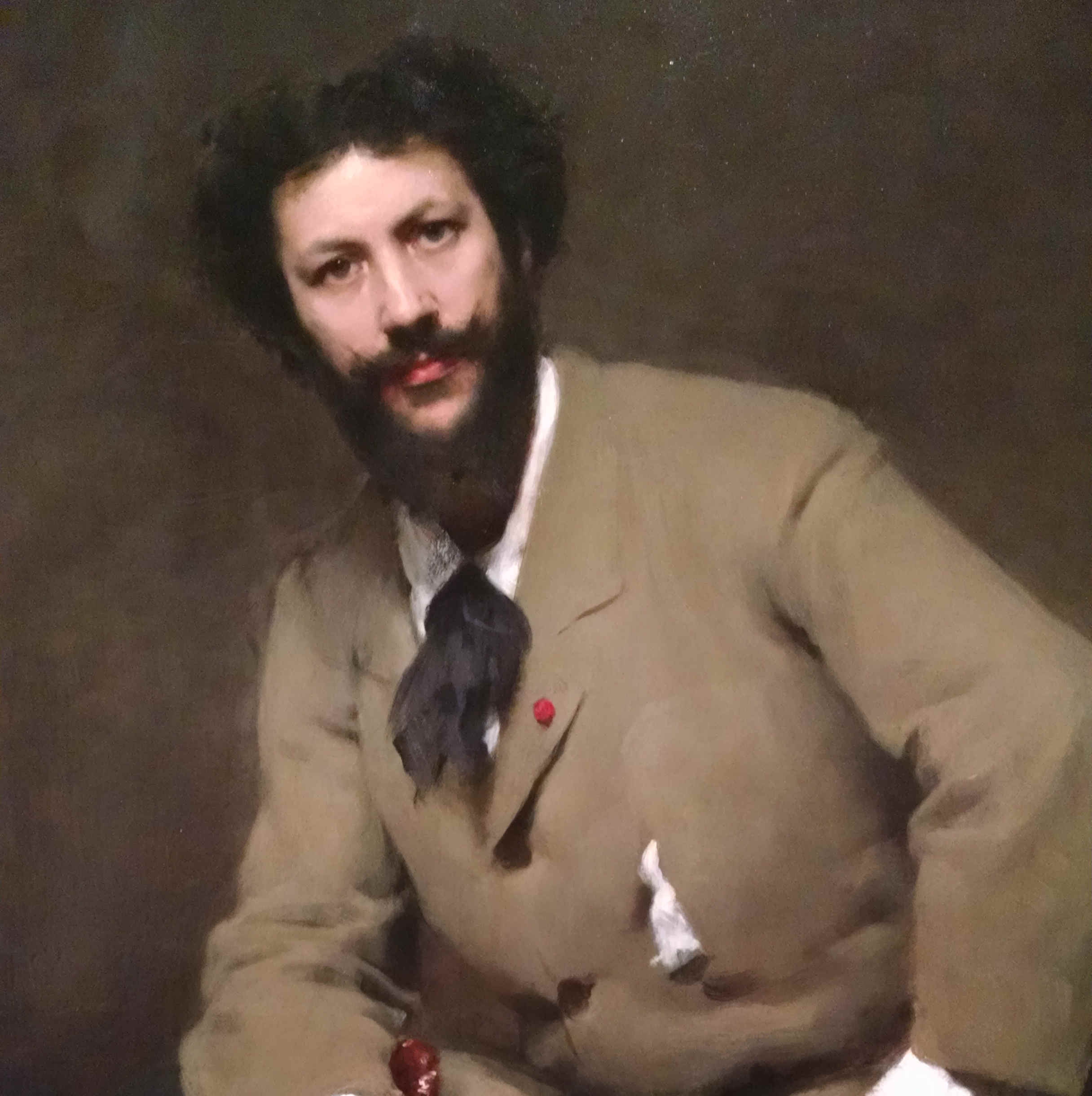 Above is Carolus-Duran, who taught Sargent the fluid art of portrait painting in Paris. The work (1879) is an homage to the teacher from the star pupil,
whom Sargent had already surpassed in talent.
Above is Carolus-Duran, who taught Sargent the fluid art of portrait painting in Paris. The work (1879) is an homage to the teacher from the star pupil,
whom Sargent had already surpassed in talent.
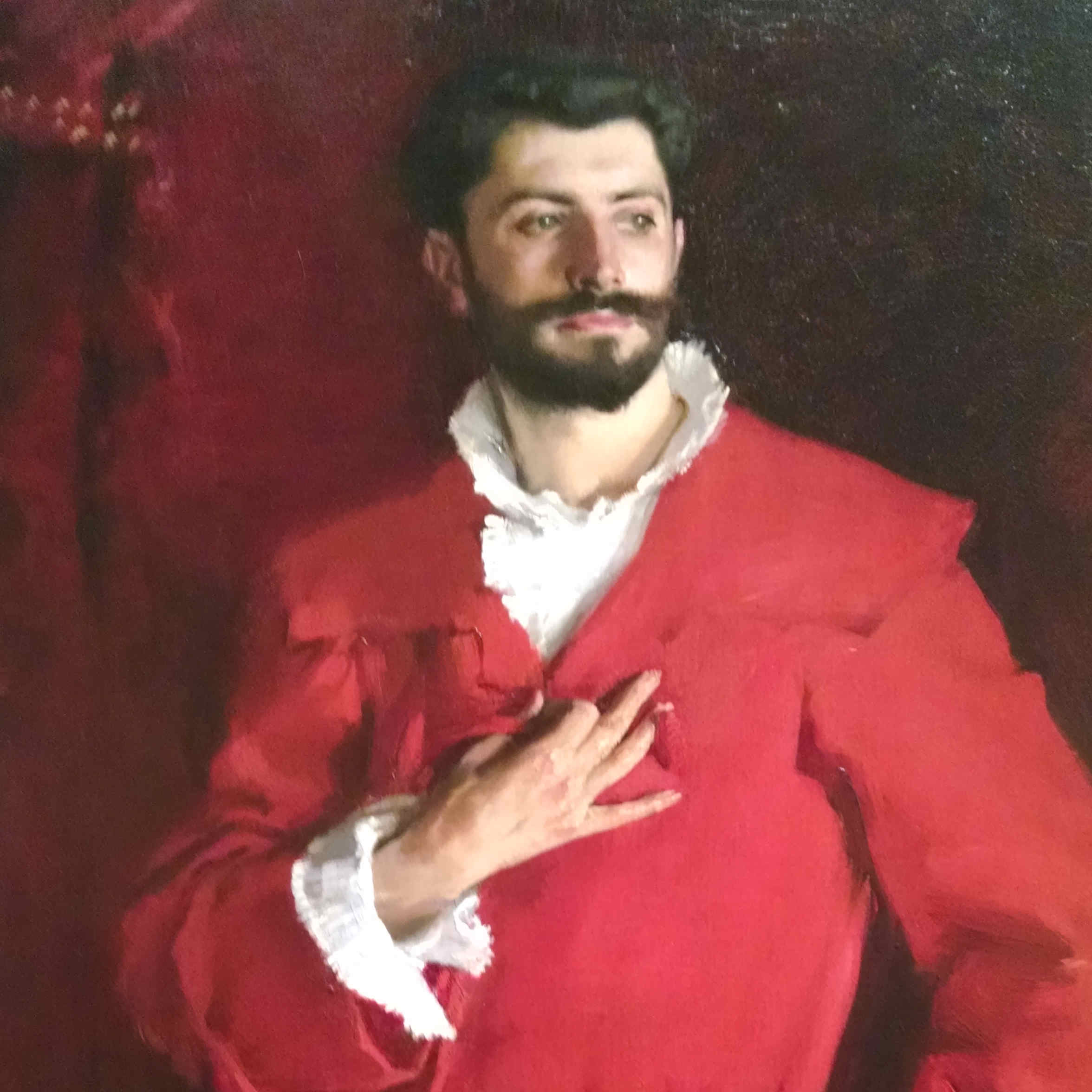 Dr. Pozzi (1881), with the long and delicate fingers, was a pioneer in the field of gynecology, as well as an aesthete and art collector.
Dr. Pozzi (1881), with the long and delicate fingers, was a pioneer in the field of gynecology, as well as an aesthete and art collector.
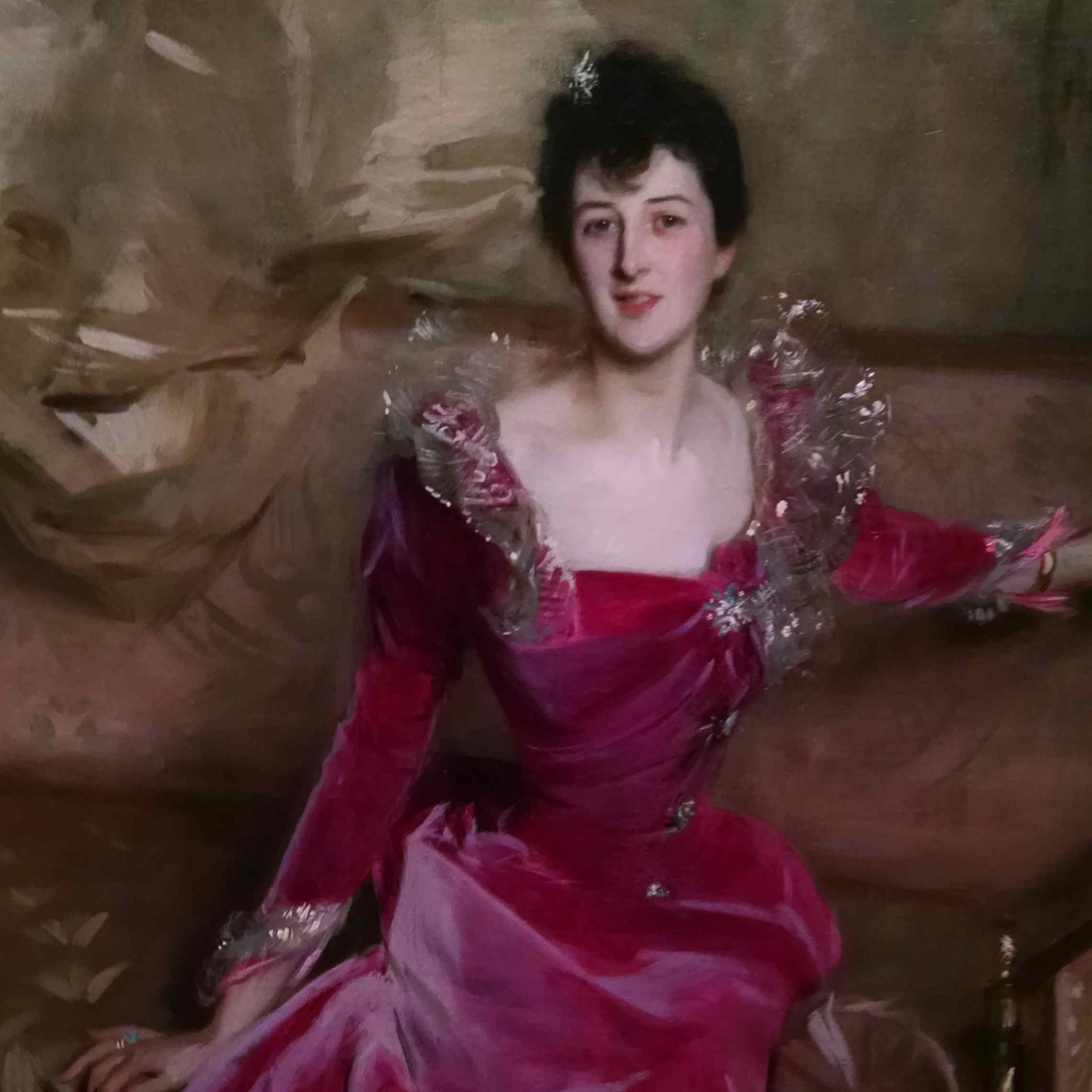 Another patron of the arts, the vivacious Hugh Hammersly (1892), of London, who was known for her social gatherings,
where the likes of Henry James and Max Beerbohn mingled. "Never has the spirit of conversation been more actually and vividly embodied,"
one critic wrote.
Another patron of the arts, the vivacious Hugh Hammersly (1892), of London, who was known for her social gatherings,
where the likes of Henry James and Max Beerbohn mingled. "Never has the spirit of conversation been more actually and vividly embodied,"
one critic wrote.
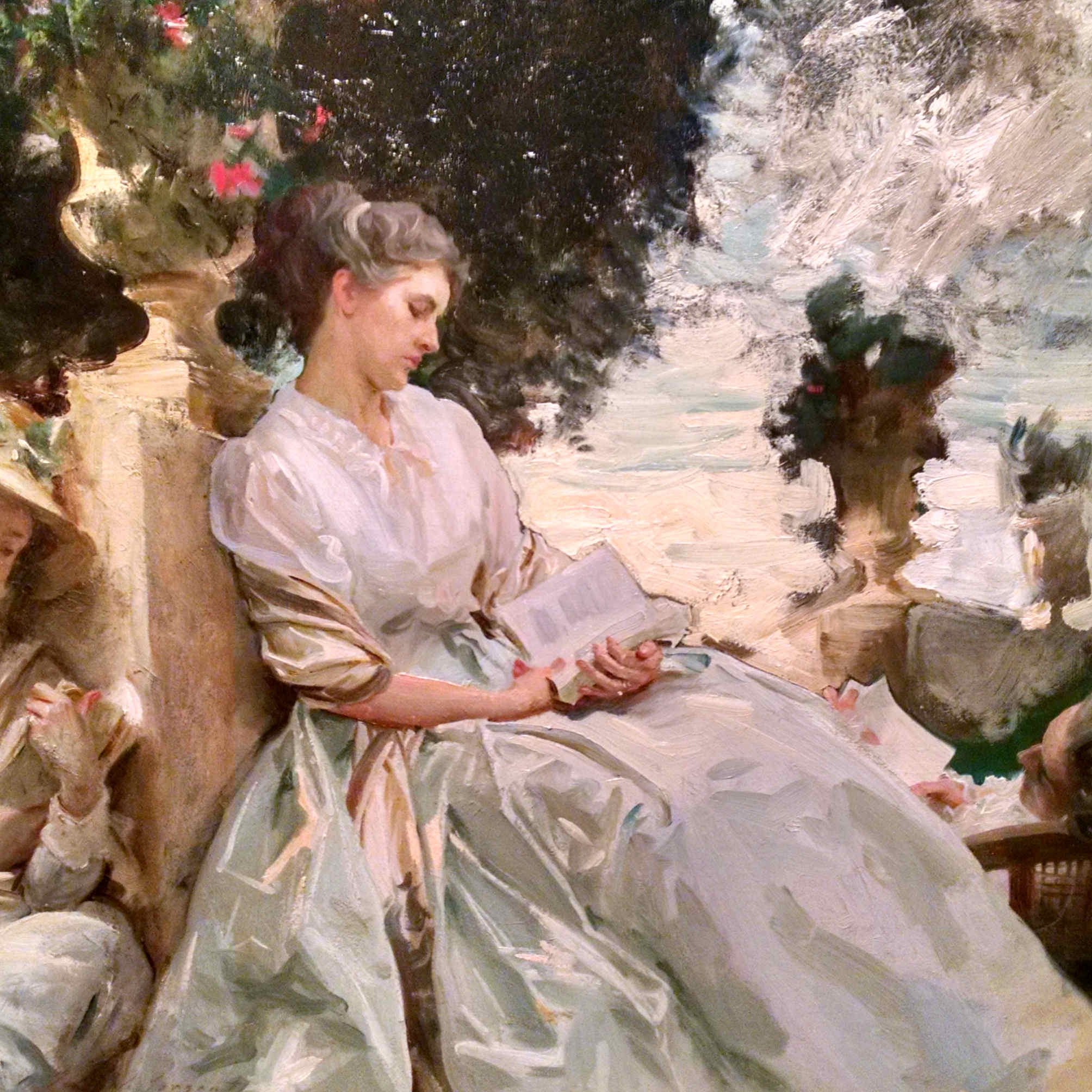 The elegantly-dressed Jane De Glehn, on the island of Corfu (1909), where Sargent spent six weeks with his sister and other friends.
The elegantly-dressed Jane De Glehn, on the island of Corfu (1909), where Sargent spent six weeks with his sister and other friends.
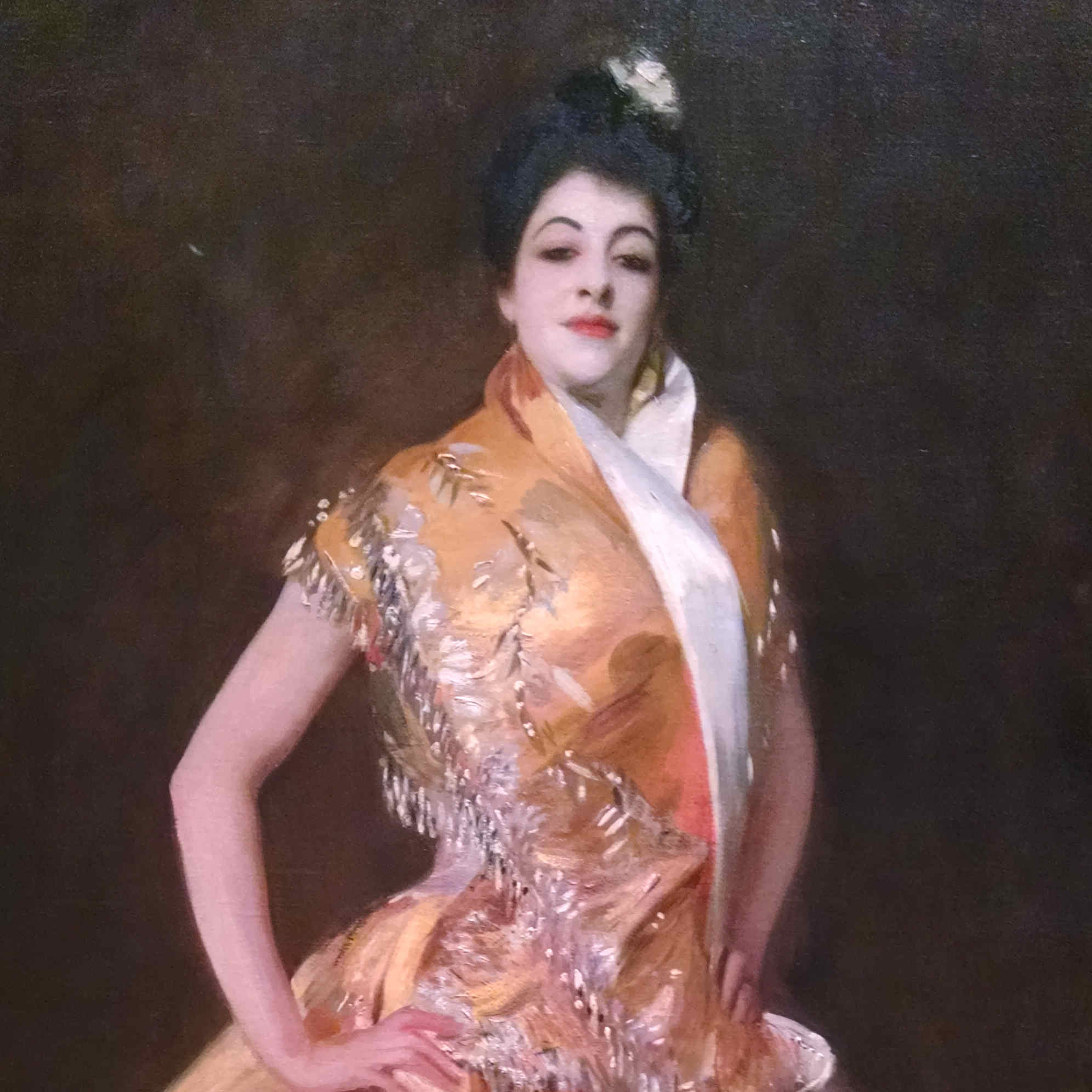 The Spanish dancer La Carmencita (1890), then famous in New York for her dancing in a 23rd Street music hall. He
miffed his critics for painting a performer. But he saw her as a "bewildering superb creature" and captured her haughty presence.
The Spanish dancer La Carmencita (1890), then famous in New York for her dancing in a 23rd Street music hall. He
miffed his critics for painting a performer. But he saw her as a "bewildering superb creature" and captured her haughty presence.
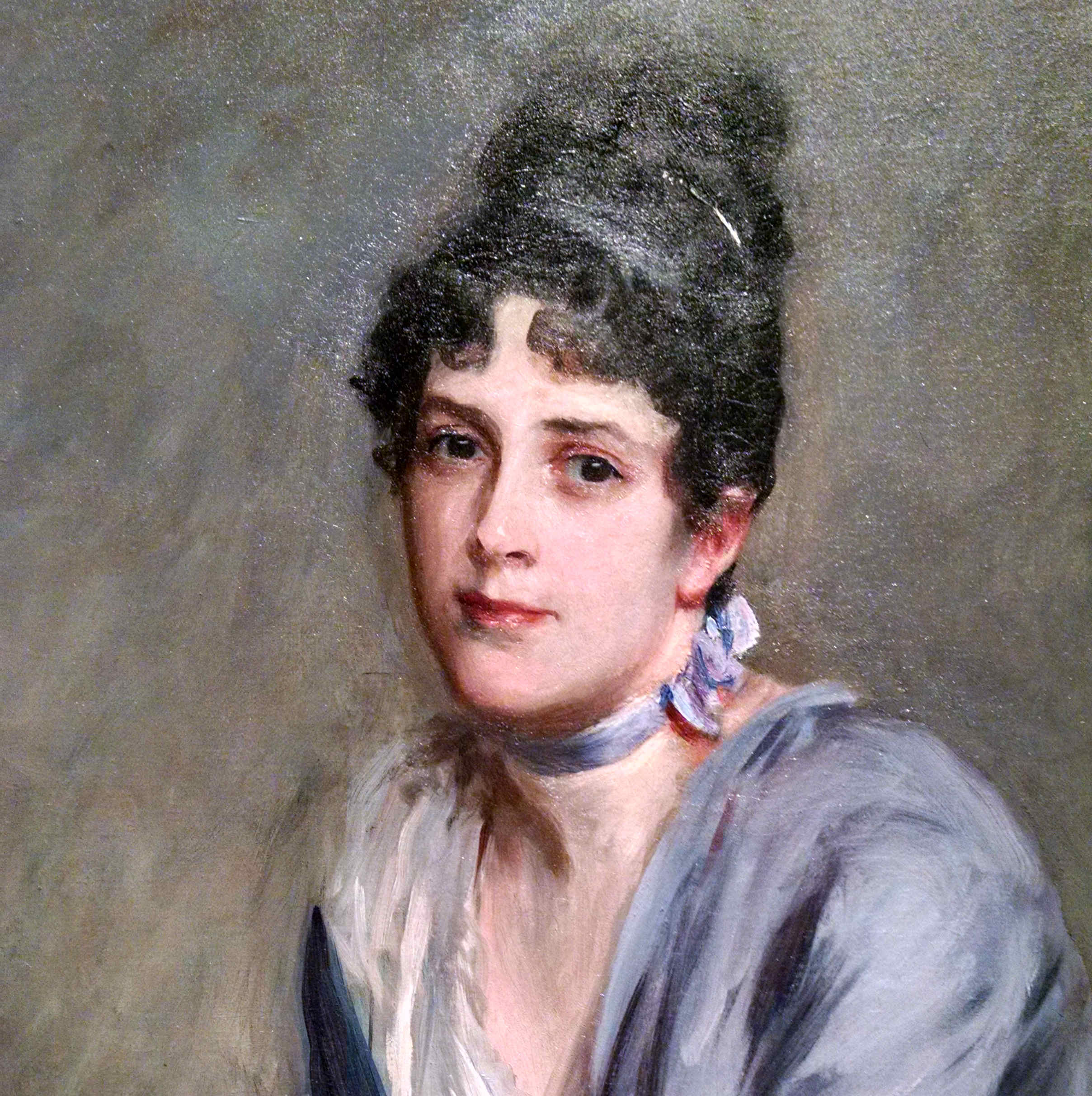 Lilly Millet (1886) hosted parties so exquisite that Henry James would gaze upon this portrait and fondly recall
"the poetry of past experiences." Decades later, Lilly's husband perished in the wreck of the Titantic.
Lilly Millet (1886) hosted parties so exquisite that Henry James would gaze upon this portrait and fondly recall
"the poetry of past experiences." Decades later, Lilly's husband perished in the wreck of the Titantic.
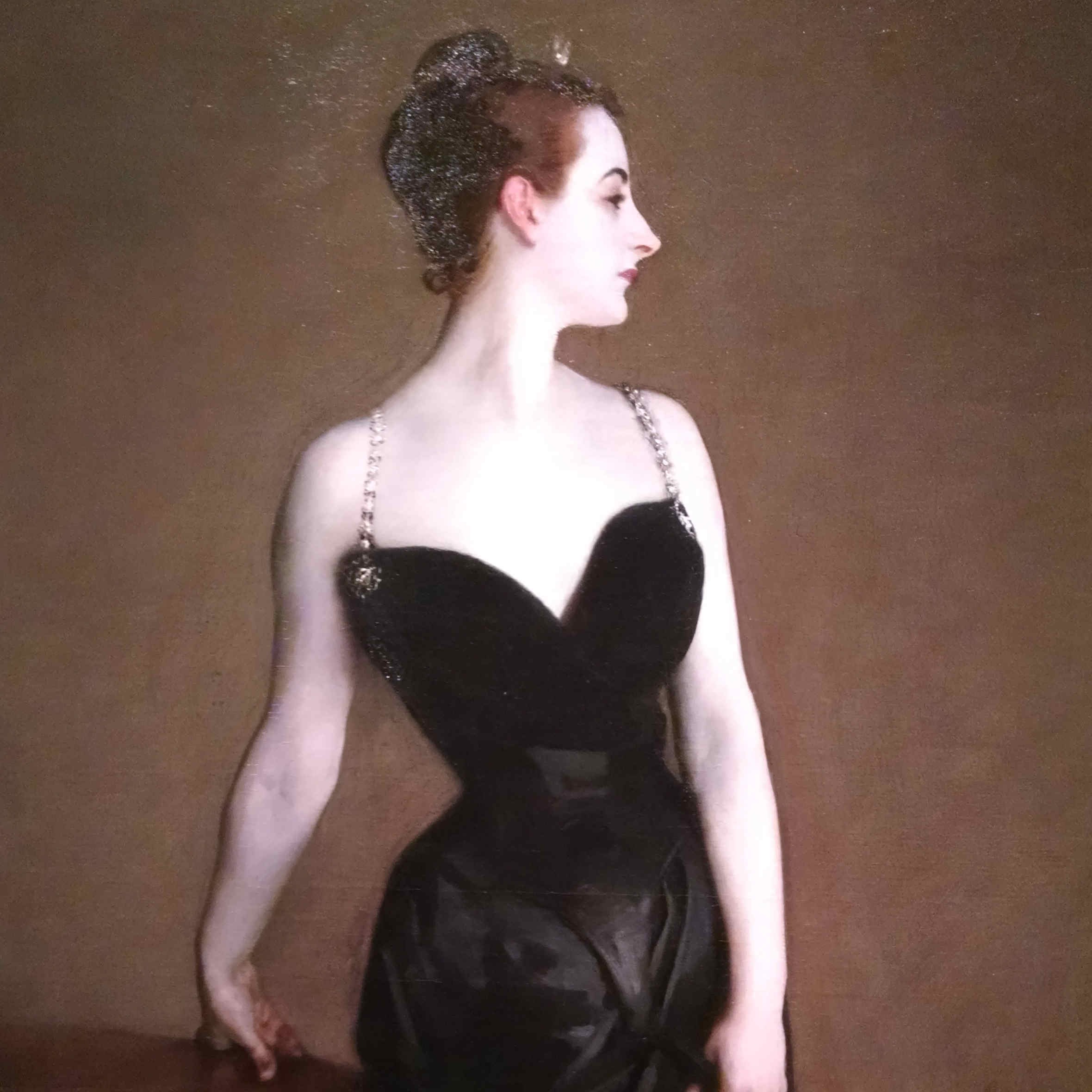 Louisiana expat Madame Pierre Gautreau, a.k.a. "Madam X" (1883) was a Parisienne, one of the first social celebrities famous for
just for her glamour, sophistication and daring style. She wore lavender powders, dressed lavishly, and, in Parisian high society,
was rumoured to have infidelities (She was married to a French banker). Sargent was so taken by her,
he undertook her portrait without a commission, hoping it would bring him wider
acceptance. Instead the saucy portrayal brought him only scandal, forcing him to ply his craft in London and America instead.
He even had to retouch this painting, moving a strap that originally dangled from
her shoulder to its appropriate, less suggestive, position on her shoulder.
Louisiana expat Madame Pierre Gautreau, a.k.a. "Madam X" (1883) was a Parisienne, one of the first social celebrities famous for
just for her glamour, sophistication and daring style. She wore lavender powders, dressed lavishly, and, in Parisian high society,
was rumoured to have infidelities (She was married to a French banker). Sargent was so taken by her,
he undertook her portrait without a commission, hoping it would bring him wider
acceptance. Instead the saucy portrayal brought him only scandal, forcing him to ply his craft in London and America instead.
He even had to retouch this painting, moving a strap that originally dangled from
her shoulder to its appropriate, less suggestive, position on her shoulder.
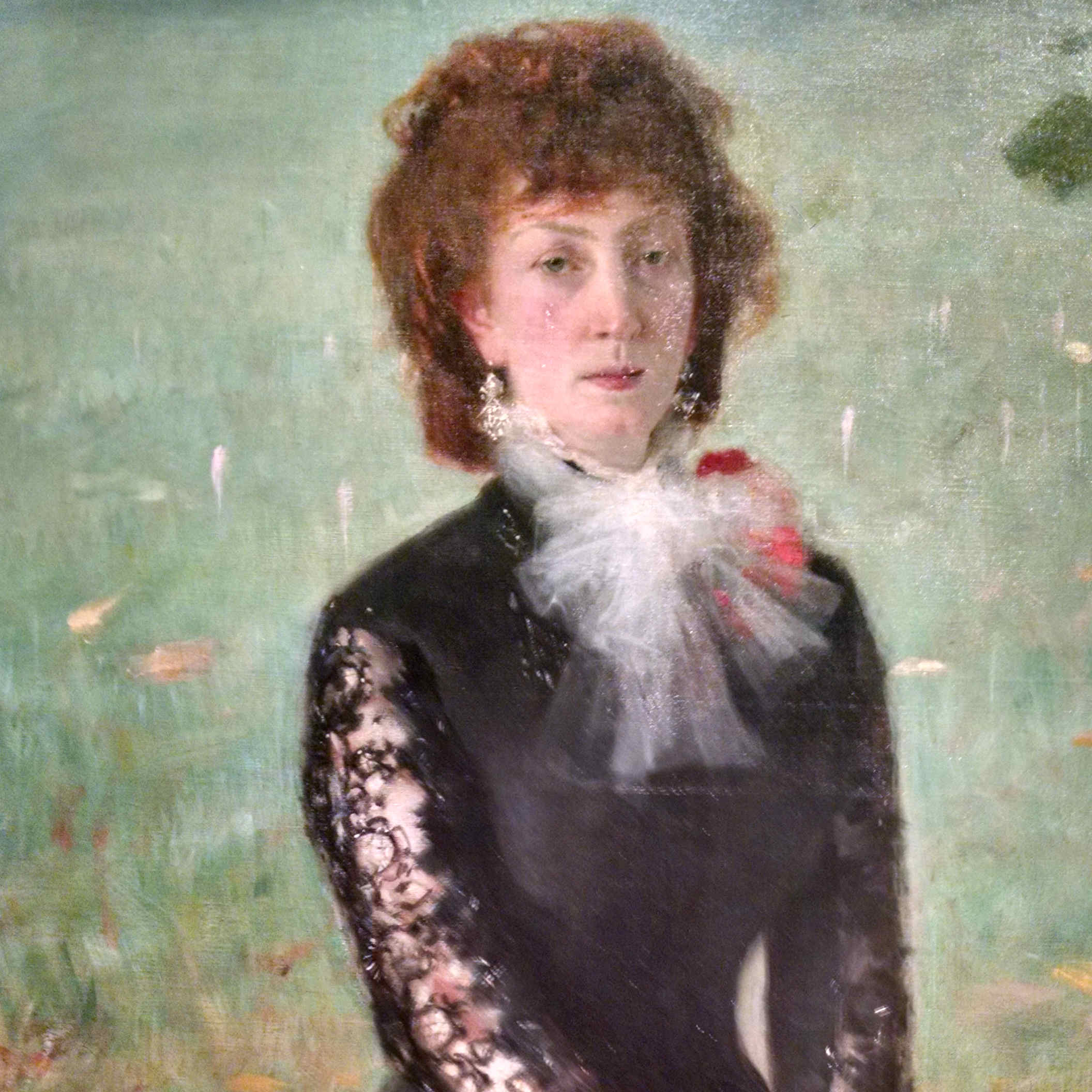 Marie Pailleron (1879) wife of playwright Edouard Pailleron. In this commissioned piece, Sargent defied portraiture convention and had
her sit outside, amongst the crocuses at the couple's country home in southeastern France.
Marie Pailleron (1879) wife of playwright Edouard Pailleron. In this commissioned piece, Sargent defied portraiture convention and had
her sit outside, amongst the crocuses at the couple's country home in southeastern France.
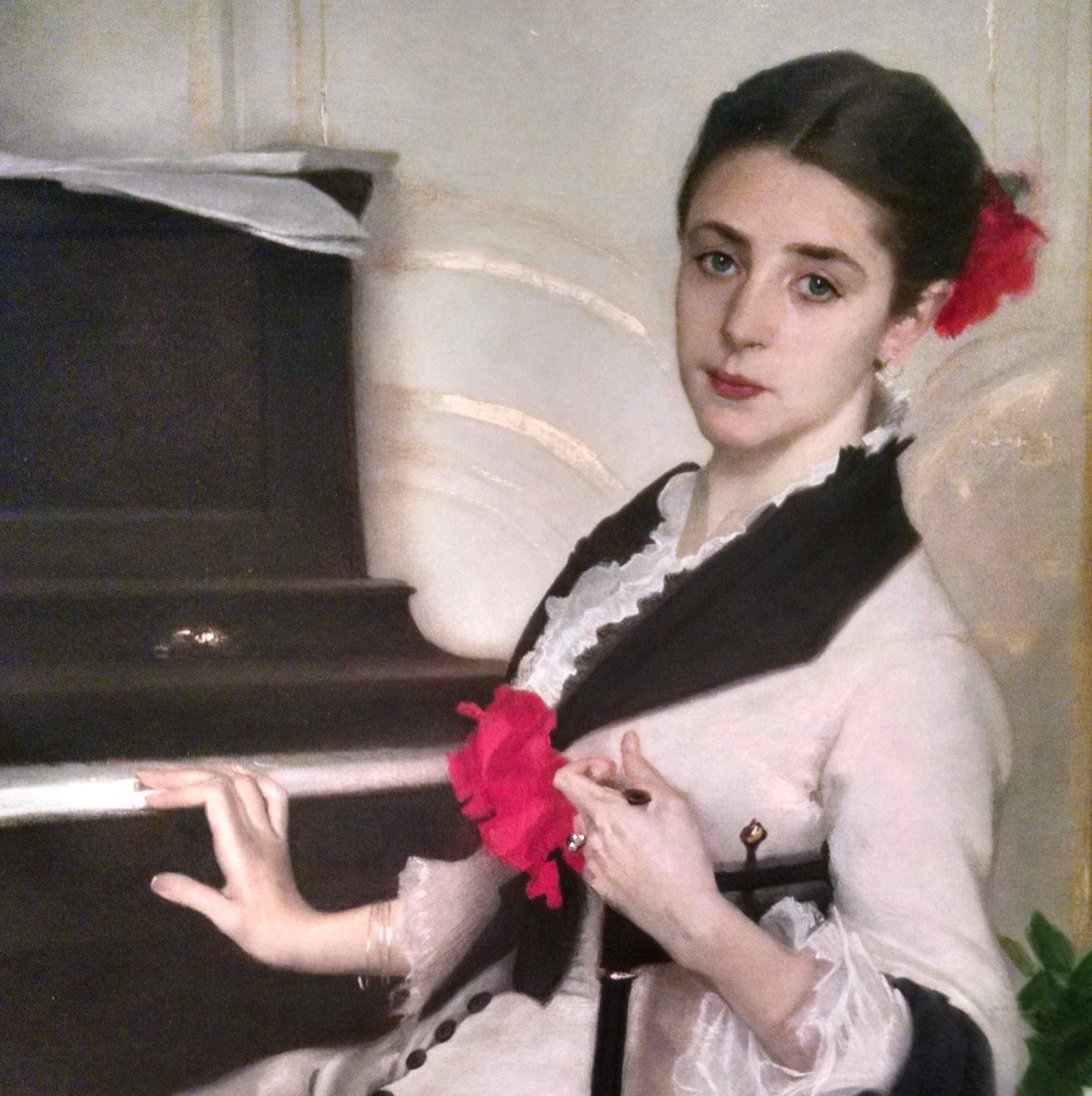 Amalia Subercaseaux (1880), wife of the Chilean consul and artist Ramon Subercaseaux, in their stylish residence.
This was one of the portraits that brought Sargent widespread recognition after being shown in the Paris Salon of 1881.
Amalia Subercaseaux (1880), wife of the Chilean consul and artist Ramon Subercaseaux, in their stylish residence.
This was one of the portraits that brought Sargent widespread recognition after being shown in the Paris Salon of 1881.
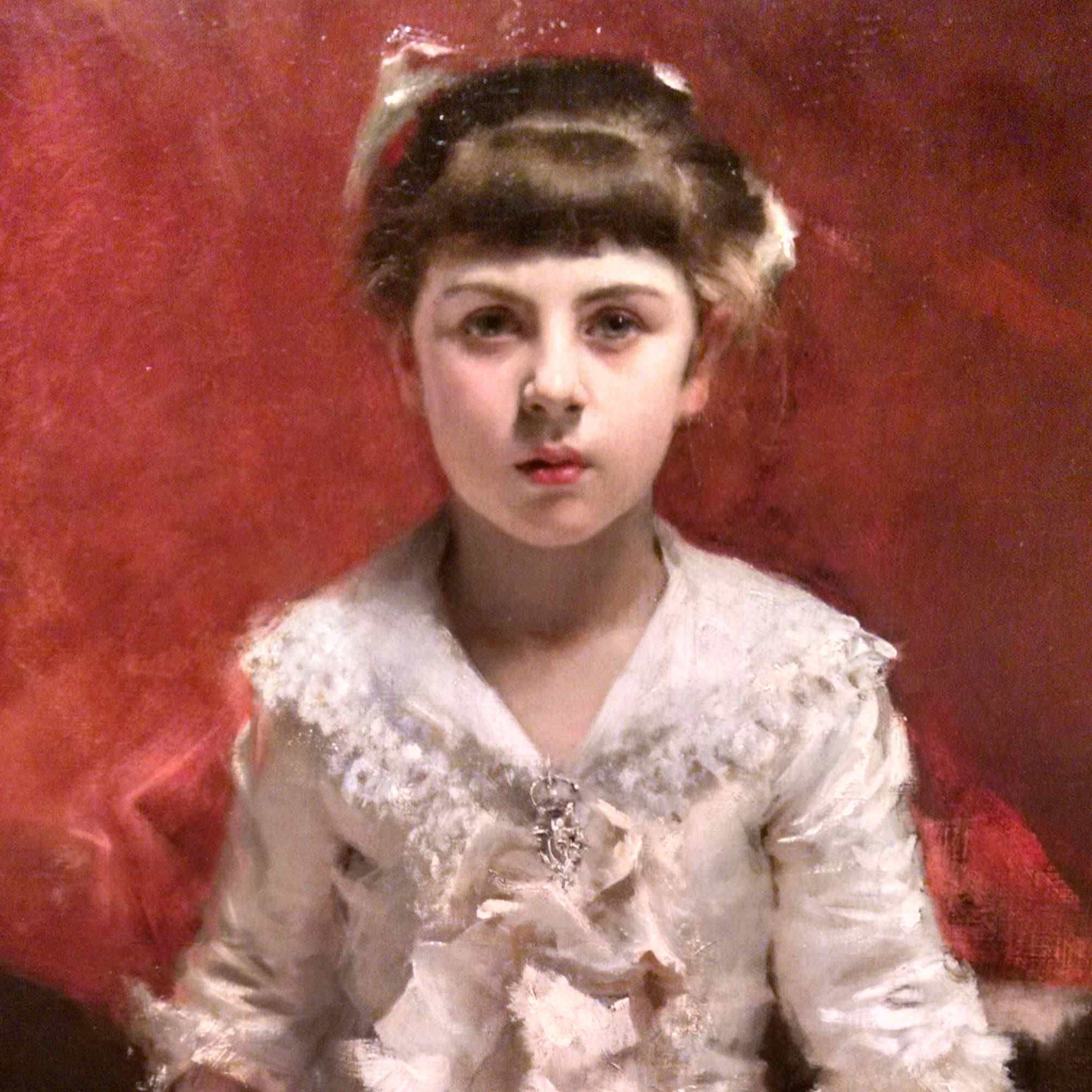 Marie-Louise Pailleron (1881) detail of a double portrait with her brother Eduard.
Marie-Louise would become a writer. Her disquieting intensity was unusual in paintings of children of the time.
Marie-Louise Pailleron (1881) detail of a double portrait with her brother Eduard.
Marie-Louise would become a writer. Her disquieting intensity was unusual in paintings of children of the time.
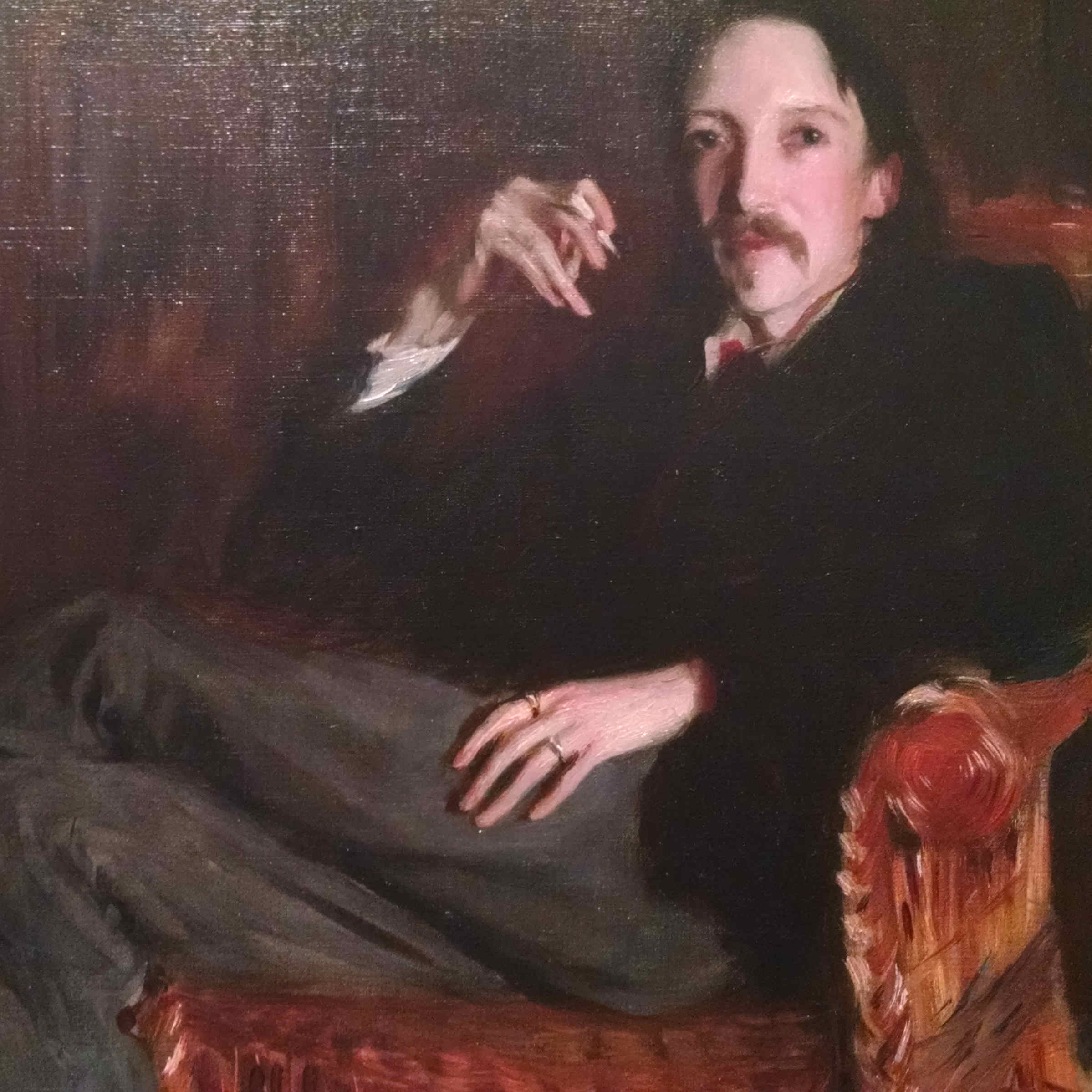 "Treasure Island" author Robert Louis Stevenson (1887) was
already in ill health when this portrait was done. It was the third portrait, this one commissioned, that Sargent did of the lanky Stevenson.
"Treasure Island" author Robert Louis Stevenson (1887) was
already in ill health when this portrait was done. It was the third portrait, this one commissioned, that Sargent did of the lanky Stevenson.
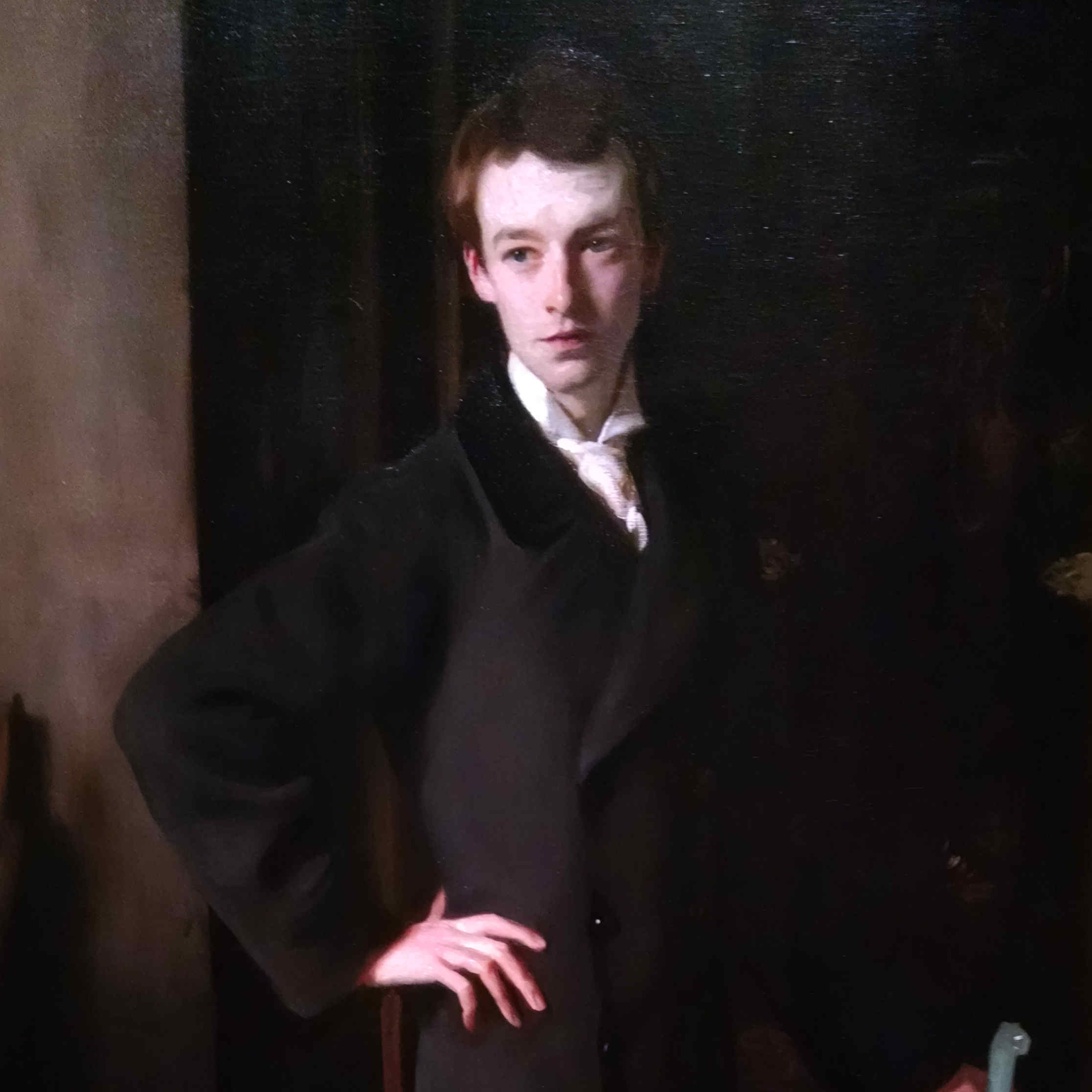 W. Graham Robertson (1894) was an illustrator if children's books and designer of stage
costumes andsets. Sargent caught the man's youthful appearance and Dandy-ish style and patrician air. Robertson wondered why he was made to
wear a coat when it was warm outside. Sargent said the coat best represented his personality.
W. Graham Robertson (1894) was an illustrator if children's books and designer of stage
costumes andsets. Sargent caught the man's youthful appearance and Dandy-ish style and patrician air. Robertson wondered why he was made to
wear a coat when it was warm outside. Sargent said the coat best represented his personality.